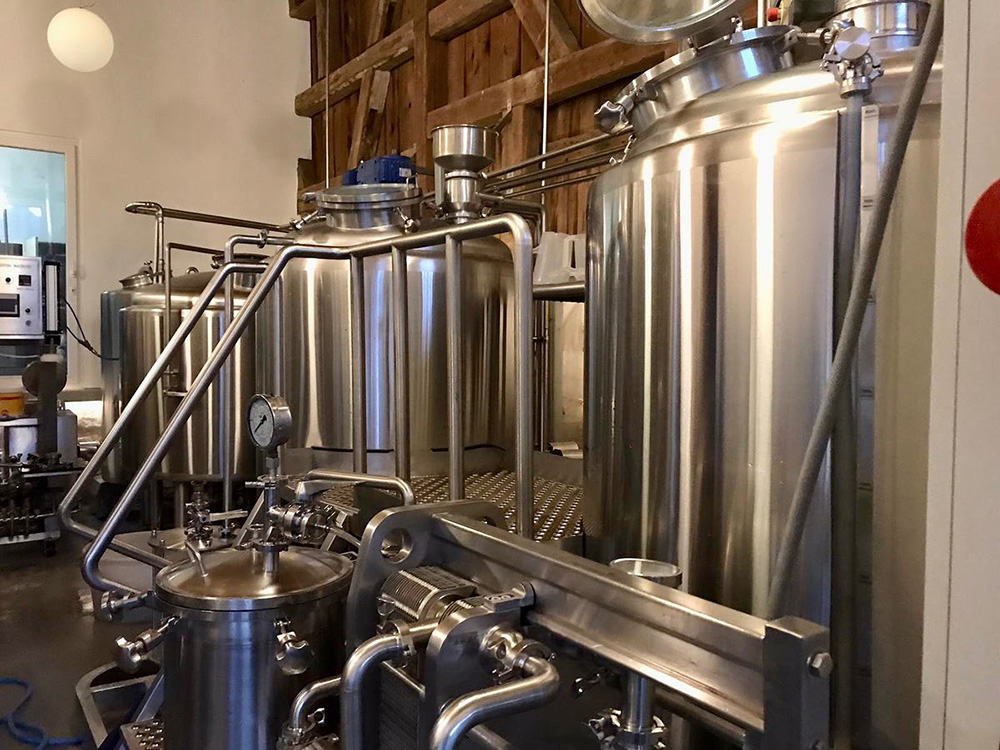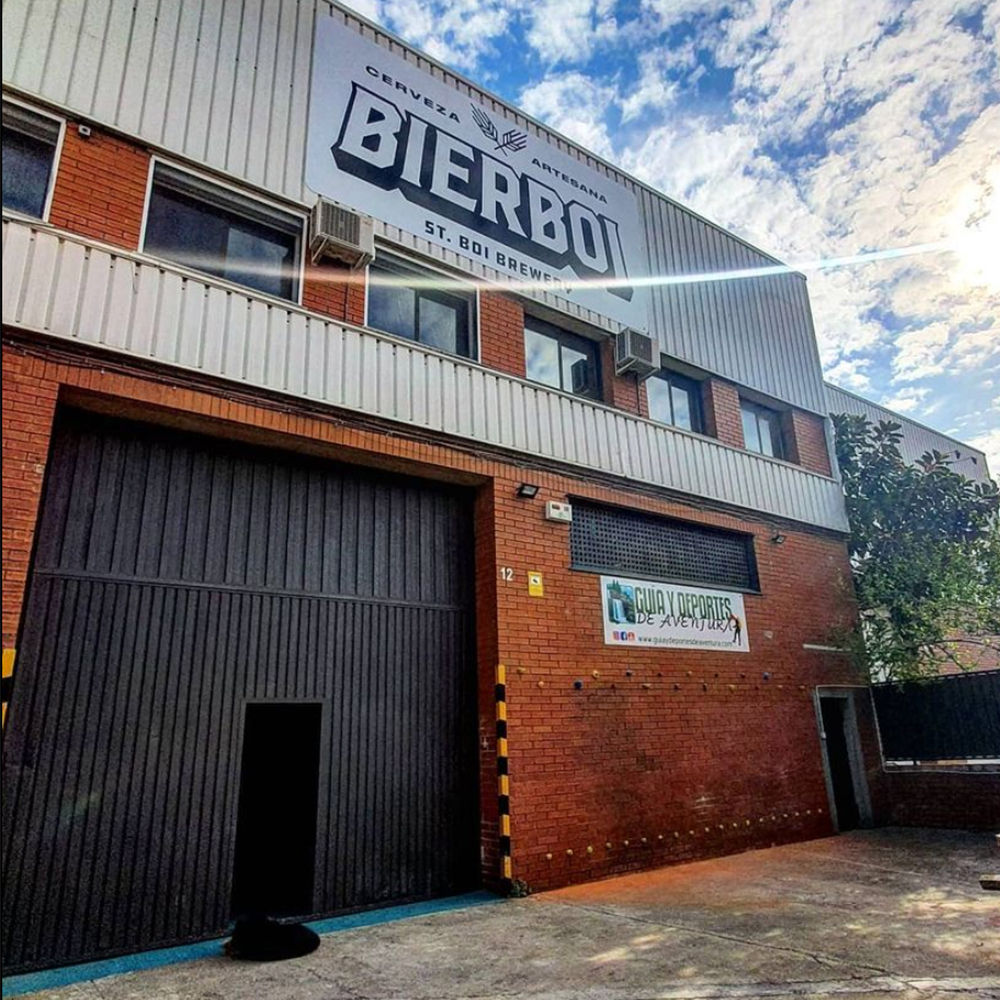
Why Clean and Sanitize Brewery Equipment?
No one wants their beer ruined by microbial contamination! Regular cleaning and sanitizing of your brewing and fermentation equipment is essential to maintain the quality and safety of your brews. Unwanted microorganisms can thrive on equipment that has not been properly cleaned and disinfected, potentially impacting the quality of fermentation and posing health risks.How to Maintain Clean Brewery Equipment?
There are various methods to keep your equipment clean. It is essential to ensure that you thoroughly rinse your equipment after use. It is important to note that cleaning is not the same as disinfecting, and vice versa. Disinfection cannot be effective on equipment that is not clean. Cleaning is a fundamental step before proceeding with proper disinfection. There are no one-size-fits-all solutions or shortcuts to cleaning and disinfecting. While cleaning effectively removes dirt and residues, it may not eradicate lingering bacteria, wild yeast, or other microorganisms.Soaking Small Equipment
Not everyone has access to Clean-in-Place (CIP) practices. Depending on your setup, disassembling all equipment and soaking it in a solution of hot water and brewery cleaning fluid overnight can be a good alternative. This helps break down accumulated residues in hard-to-reach areas.
Cleaning the Fermenter
Whether it's a plastic keg, glass carboy, or stainless steel conical fermenter, it should be soaked in a beer cleaning solution after each batch. Barrel fermenters are ideal as you can fill them with small parts, hot water, and cleaning solution to clean both the fermenter and its components.
For larger conical fermenters, Clean-in-Place (CIP) with spray balls is recommended. Spray balls are pump-driven cleaning devices that spray high-pressure water or cleaning agents inside a sealed container, ensuring thorough cleaning of all interior surfaces. CIP is highly effective and also conserves water.
Cleaning the Keg
The keg cleaning process involves disassembling all keg components between batches and soaking them in hot water and brewery cleaning solution overnight. Follow this with an additional soak in fresh hot water to ensure complete removal of cleaning residues. In some cases, a liquid quick disconnect can be used for dispensing beer.
Cleaning Brewery Equipment Hoses
Most hoses are made of rubber and can pose a risk to connecting pipes. It is common to overlook the internal state of hoses by only focusing on the exterior, which can be a critical mistake. The interior of hoses is challenging to clean, and internal cracks or minor damages are often hard to detect. Pipes should be cleaned using mild alkaline solutions. Avoid cleaning pipes and copper together, as oxidizing acids like nitric acid and copper ions can accelerate pipe aging. It is crucial to ensure that rubber hoses are food-grade and suitable for use with food products, as the quality of rubber can vary, and damaged or aged hoses may impart unwanted flavors to beer.
Still have a problem on choosing the brewery equipment? We can help with your final decision. If you are looking for a turnkey solution for craft beer brewing system, please contact us. We are looking forward to working with you. Send an email now: [email protected]










Get A Quote